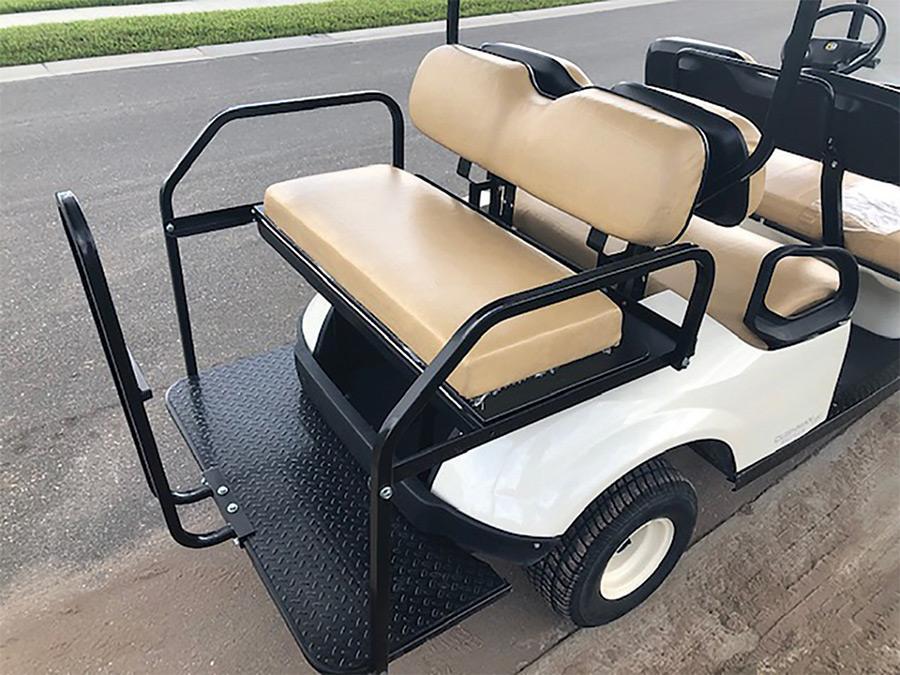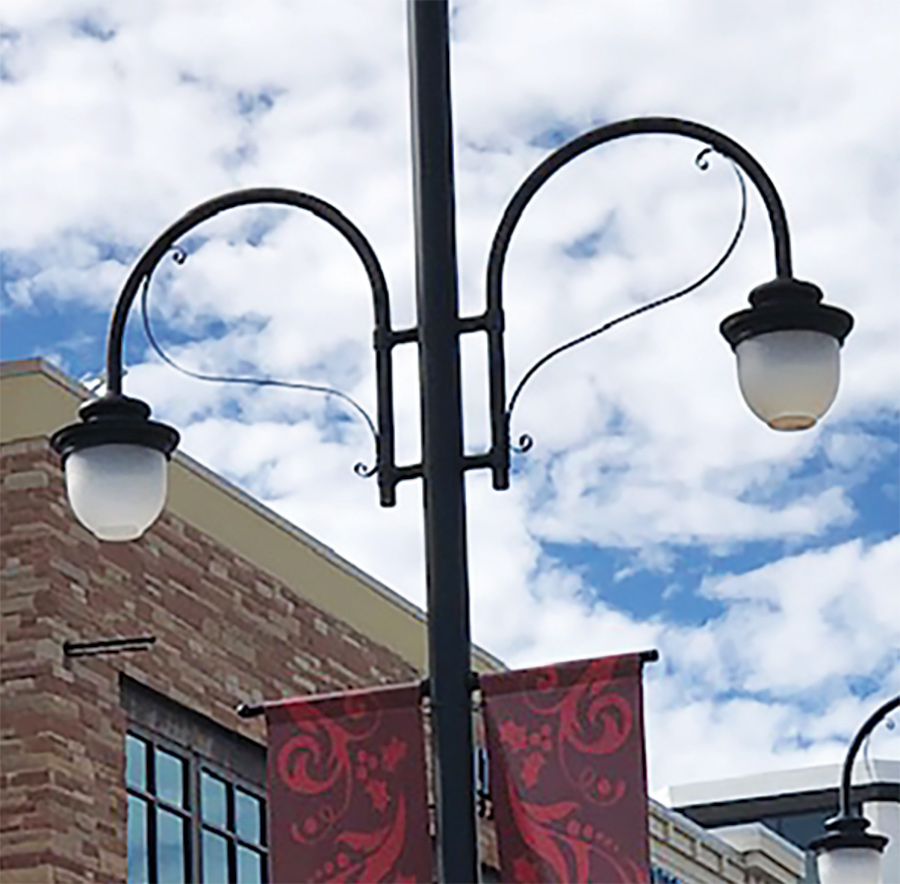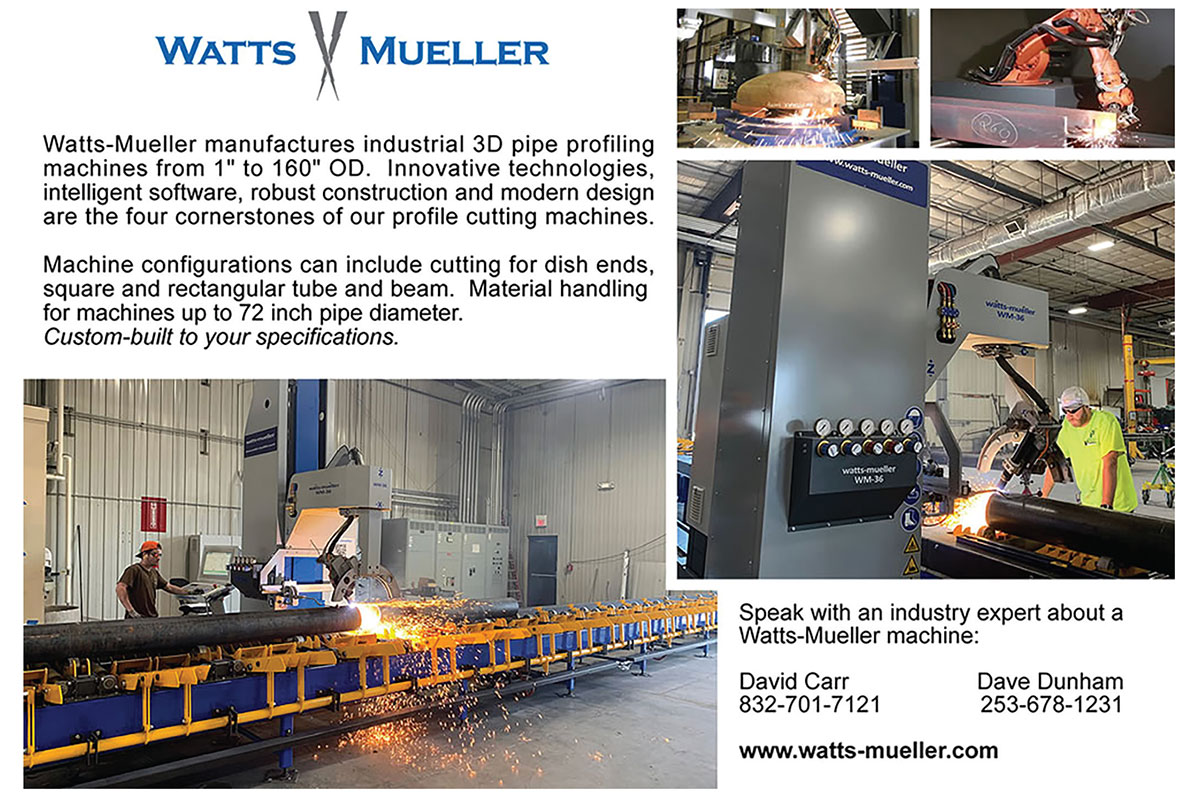hen it comes to tube bending, the process is “still a bit of a mystery to a lot of fabricators,” CML USA Inc. General Manager Scott Tunis says. Bending tube is necessary for a broad range of applications from automotive, aerospace and shipbuilding to handrails, wheelchairs and amusement rides. Yet despite its expansive reach, Tunis says manufacturers tend to see the technology as a niche market.
“When people hear the phrase tube bender, they typically think in terms of round tubing,” Tunis adds. “But the uses for equipment like our Erco 65 CNC 3V1 Mandrel Bender are so diverse that we are still discovering new applications.”
CML International S.p.A. has engineered and produced tube, pipe, mandrel and rotary draw benders, angle rolls, pipe notchers and ornamental metal working equipment for more than 45 years. The Italian company built its reputation under the Ercolina brand. The parent company established CML USA in 1990 to serve metalworkers in the Western hemisphere. In 2018, CML International acquired Pedrazzoli IBP.
“The Ercolina and Pedrazzoli brands each have a long history, which started in the garages of our fathers’ homes,” said CML International CEO Alessandro Primo Caporusso. The acquisition expanded CML International’s tube and metal profile processing capabilities and provided a line of equipment with the capacity to handle high-volume bending projects.

Companies are also evaluating how they will hire and train new metalforming equipment operators. “Computers are like second nature for young people who have grown up knowing how to use them,” Tunis says. “In terms of trying to replace the hands-on know-how of workers who are retiring, an individual with fabrication experience becomes less critical because the CNC bender is doing the thinking, and it’s a more efficient way to produce bends.
 I think CNC is proving to be a gateway to bending.
I think CNC is proving to be a gateway to bending. 


“We are seeing a number of people who have been afraid of bending technology in the past, start to understand that it is really not a black art,” Tunis says. “If I take a drawing from my design department, put it in a CNC-controlled mandrel bender, it shows me the part on my machine. If I need to make a change, I can do that right on the spot. If I need that part anytime during a shift or if I need it a month later, I can recall the data and quickly repeat the program. I think CNC is proving to be a gateway to bending.”
Features on the Erco 65 CNC 3V1 Mandrel Bender include programmable carriage movement for tight radii, independent pressure and clamp die adjustment, programmable material springback settings for each bend angle and unlimited program memory storage.
Tunis cautions companies to perform due diligence when they source tubing. “Very often when we ask a customer what material type they are bending, they can name the alloy but don’t know the grade,” he says. “It’s important to have a certified mill test report (MTR) because it makes a difference in terms of bend quality, springback and potential issues like cracking.”
CML has a variety of machine models on hand. “We can visit a customer’s facility and analyze their work,” Tunis says. “If our bending equipment is a good fit, we’ll tell you. If it’s not, we’ll tell you that, too. I’ve been in this business a long time and we still hear, ‘I didn’t know a bender could do that.’”
